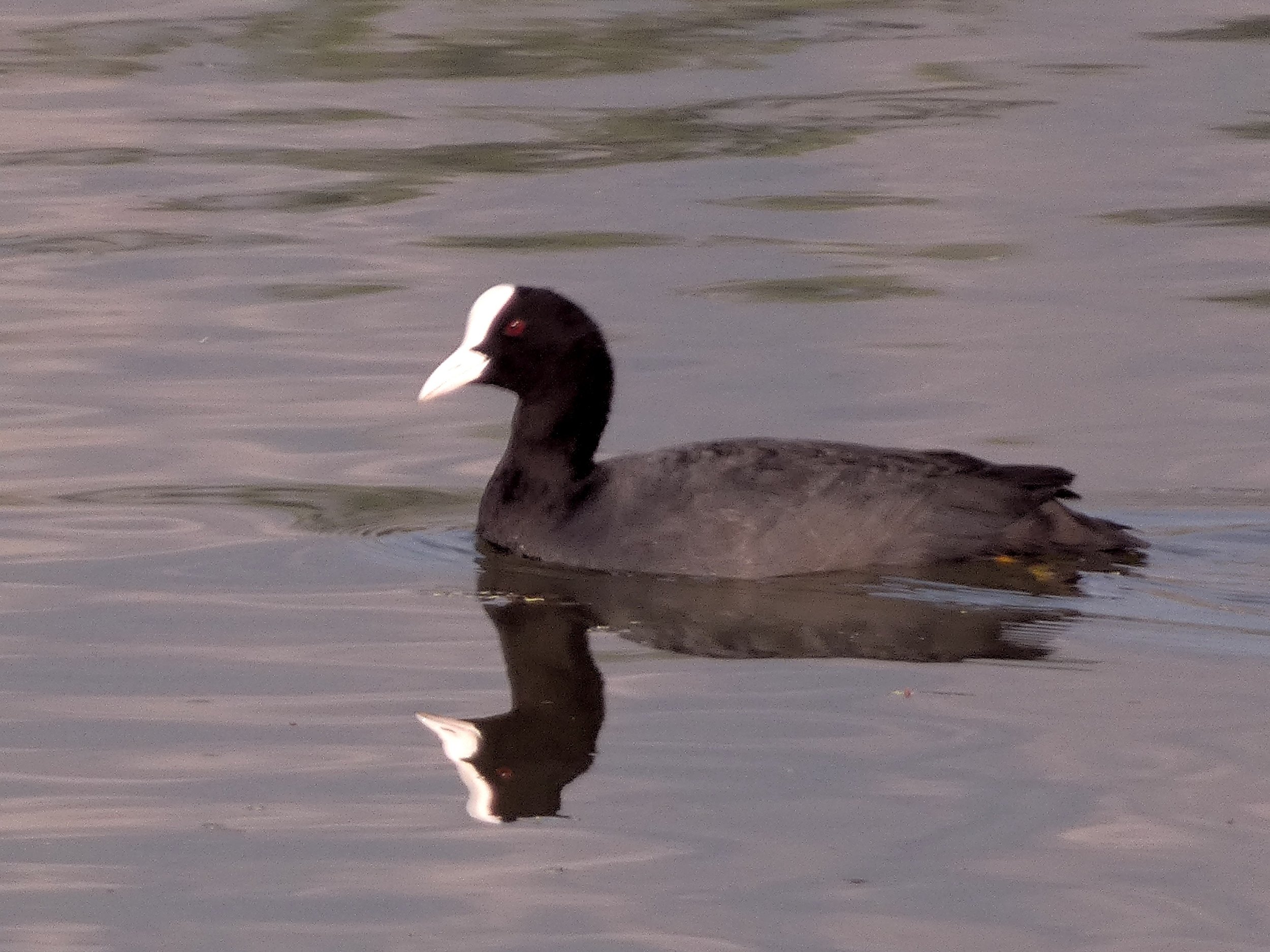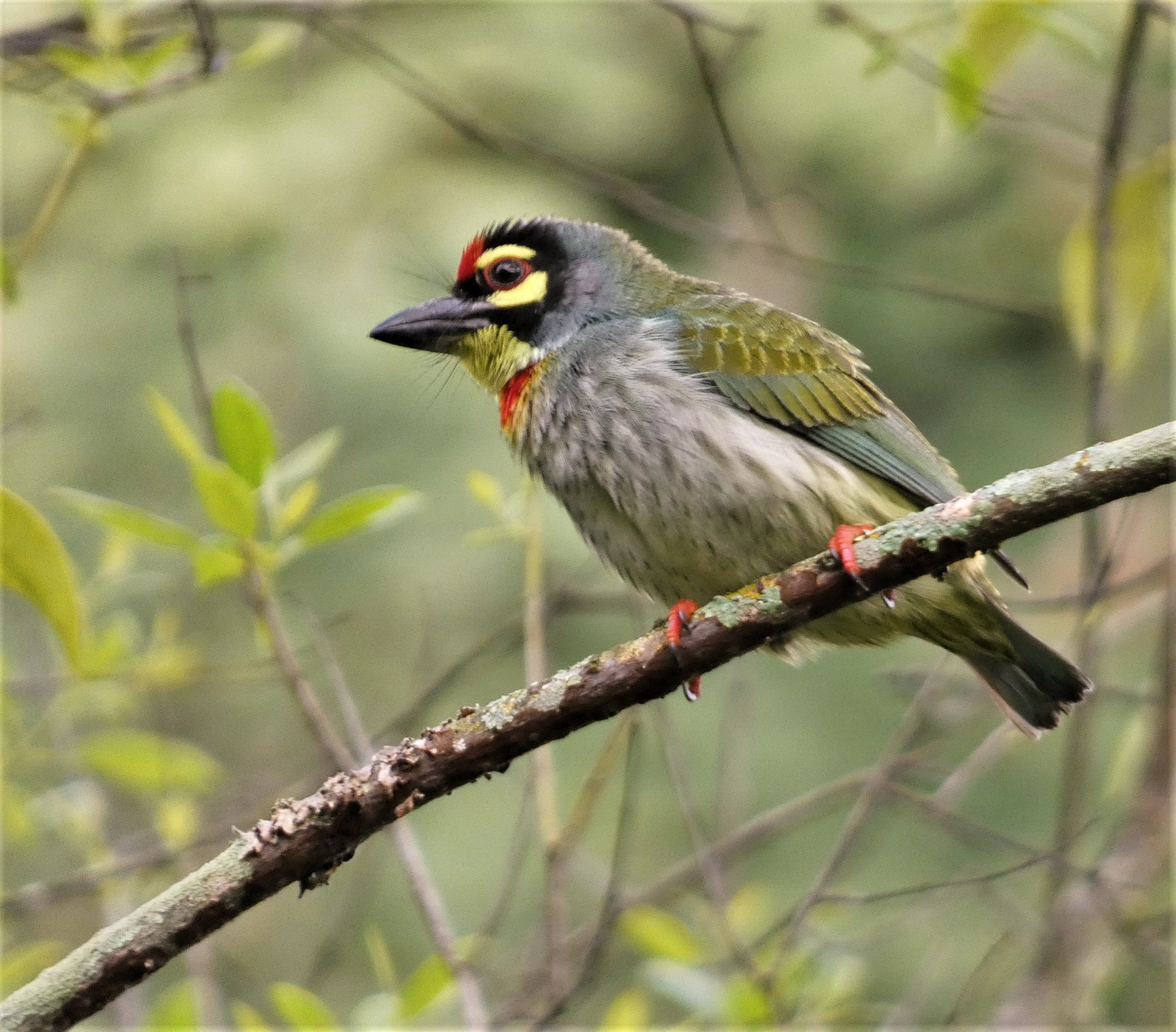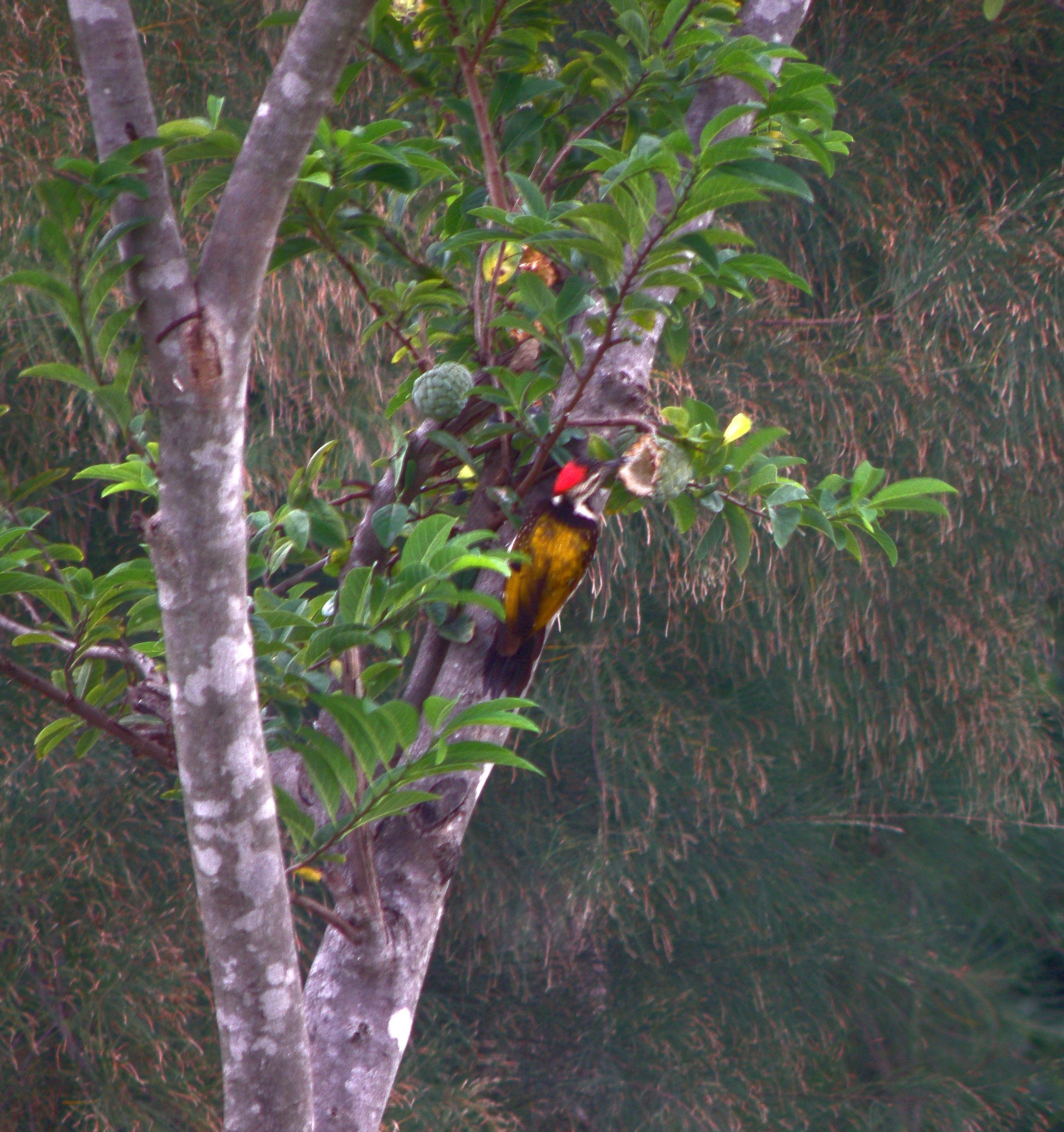Looks pretty, right? No wonder it is called Senna spectabilis, which means “spectacular, showy”. An apt name indeed. We have this tree, a native of central and South America, in several parts of our campus. It appears this tree was introduced across Africa and Asia (including in India) as an ornamental tree and for meeting firewood requirements as it is a fast-growing species. However, in several African countries and in southern India, this tree is now becoming an invasive species, invading forest lands.
A few years ago when (the Late) Dr A J T Johnsingh visited Rishi Valley, he recommended the outright removal of this tree since it was an alien invasive species, which could run wild over the valley and dominate the vegetation. He cited the example of Bandipur Tiger reserve in the Nilgiris where the tree was having a free run and competing with native vegetation.
We do have a few other trees on campus that are invasive in nature and may need to be kept in check. The Duranta hill and several parts of the campus adjacent to it are dominated by the Subabul Leucaena leucocephala, a species of fast-growing leguminous plant that was once touted as a panacea for greening deforested lands and for its useful properties like manure and fodder. Leucaena leucocephala is now rated one of the 100 worst invasive species by the Invasive Species Specialist Group of the IUCN Species Survival Commission. Lopping of the tree does not help as the seeds scattered in the soil remain active for years and germinate with first rains.
Of late, I have observed the notorious invasive plant Prosopis juliflora, a native of Mexico, Central and northern South America taking over several parts of the campus. It too was brought in to combat deforestation way back in 1877 in the Sind region. The tree has successfully introduced and is now seen many states of India: Andhra Pradesh, Karnataka, Maharastra, Orissa, Punjab, Uttar Pradesh, Tamilnadu and West Bengal and in almost all districts of Harayana, Gujarat and Rajasthan.
Like in the case of the subabul, the tree has beneficial attributes (like fast growth, high calorific wood and a good source for making charcoal), it also has many negative impacts on the environment. A study published in 2021 in Scientific Reports, a Nature group of publications says this species “consumes about half of the amount of water received from precipitation in the invaded area” in Ethiopia, where the annual precipitation is just 560 mm. Because of its hardy nature and large thorns, it is difficult to eradicate it once established and this species too is considered as one of the worst invasives, world-wide. Besides I have observed birds like the Rose-ringed parakeets feast on the seedpods and perhaps help in dispersal of seeds.
While the attitude towards alien invasive species is undergoing a change from being dubbed outright as a villain to a more balanced view taking into consideration the beneficial aspects – both ecological and economical – it is up to us to take a call and decide on how we would like to treat them – as a friend or foe.
- V. Santharam

































